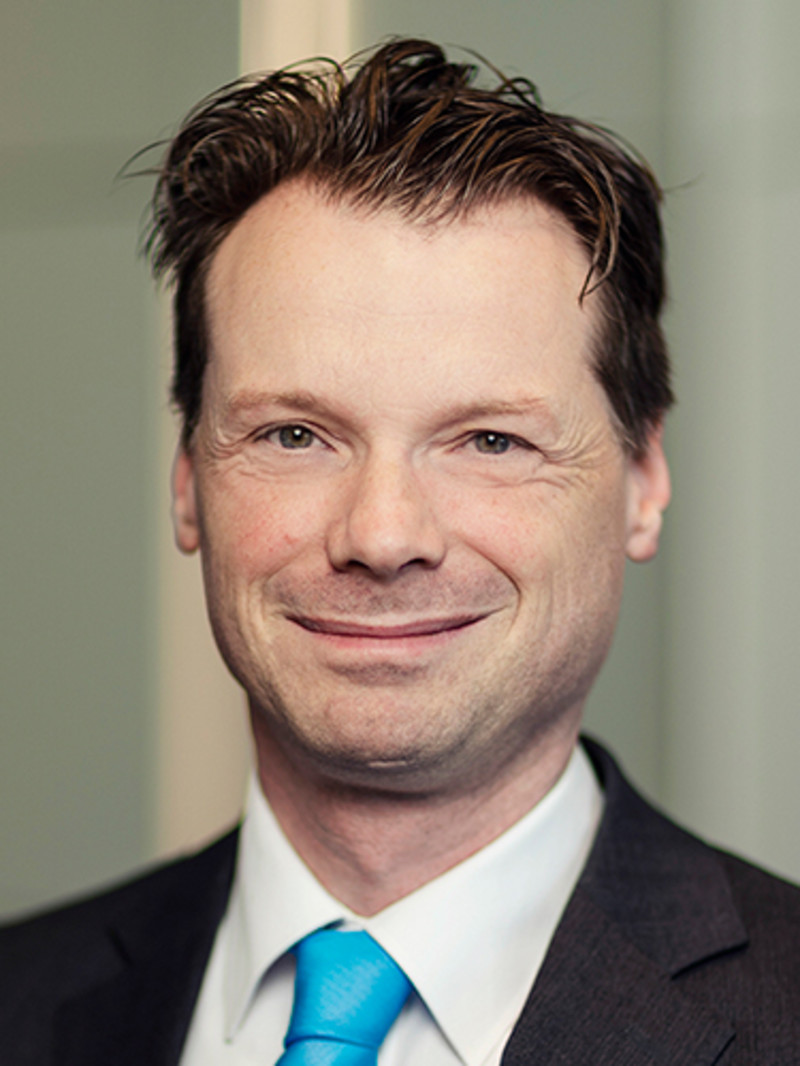

Signals are green for quant investing
As we reflect on decades’ worth of experience in quant investing, our impression is that the future looks bright. One of the many things we have been reminded of along the way is that a formula which will win in the long run can sometimes feel like riding a rollercoaster in the short run.
Resumen
- Factor investing will remain healthy for foreseeable future as factor premiums are persistent
- Big data revolution and exponential growth in computing power present exciting possibilities
- Innovation should be underpinned by a strong culture that rewards high-quality research
This was certainly the case during the 2018-2020 quant equity malaise, highlighting how ‘strong hands’ are a necessary ingredient for long-term success. Investors tend to flock to strategies with strong short-term returns and flee from those experiencing short-term performance challenges. This means they could end up locking in the losses of a factor bear market and miss out on a significant portion of a factor bull market.
Having witnessed multiple factor bull and bear markets, we are struck by how often people prematurely decry the demise of factor investing. For instance, more than 100 years of empirical evidence supporting a factor like value can be easily dismissed in the face of three or so years of underperformance. As we tend to say, quant investing is often more a test of character than a test of intelligence.
But on the other hand, this is also why factor premiums are difficult to arbitrage, because in the short run they are anything but risk-free. As such, we are confident that factor investing will remain alive and healthy for the foreseeable future. Additionally, the value spreads of several factors point to ‘under crowding’, which is supportive of future return expectations.
We are also excited by the possibilities presented by the big data revolution and exponential growth in computing power. Compared to its fundamental sibling, the swift systematic analysis of vast amounts of data is one of the unique elements of quant investing. These developments help us harness the power of this investment approach even further in areas related to returns, risk and sustainability, for example.
For returns, the likelihood of successfully exploiting non-standard patterns should increase as return databases expand. Next-generation quant strategies can also be designed to target sources of alpha orthogonal to existing factors, such as short-term signals that are uncorrelated with traditional Fama-French factors. Regarding risk, by spotting complex patterns machine learning algorithms can be used to predict which firms potentially face financial distress, especially since risk is often nonlinear.
Meanwhile, the rise of sustainable investing potentially marks the ‘end of passive investing’ – as we know it – as varying client beliefs and interpretations require an active approach. To this end, quant platforms can cater to the increasing demand for customized solutions that focus on client-specific financial and sustainability goals.
Moreover, alternative data and advanced techniques could be used to develop proprietary sustainability data that is helpful in addressing some of the complex challenges investors face, such as calculating Scope 3 trajectories, measuring real-world impact in portfolios, etc.

Inversión cuantitativa de próxima generación
A medida que avanza la tecnología, aumentan las oportunidades para los inversores cuantitativos. Con la incorporación de nuevos datos y el aprovechamiento de técnicas de modelización avanzadas podemos ahondar en nuestro conocimiento y mejorar la toma de decisiones.
Culture eats quant strategies for breakfast
Peter Drucker supposedly said “culture eats strategy for breakfast”. Relatedly, quant investing has increasingly become a team sport over time. Staying ahead of the curve with cutting-edge research calls for investing in state-of-the-art infrastructure and employing smart people.
However, it is more important than ever to carefully look for genuine signals in this era of burgeoning data sources and modeling techniques. With more data, there is increased risk of data mining or uncovering spurious results. Thus, we believe in a cautious approach to innovation. To this end, our investment philosophy of evidence-based research, economic rationale and prudent investing also applies to new variables or methods.
Importantly, innovation should be underpinned by a strong culture that rewards high-quality research. Meritocracy is central to this, as the best ideas should always win, regardless of who proposes them. For this to happen, a flat structure and direct communication that offers everyone an opportunity to engage and speak up is key. In other words, a culture where junior members can safely challenge their seniors and contribute to discussions. This competition of ideas helps to shape an innovative research agenda.
Quant investing is more a vocation than an occupation
As an asset manager, our clients entrust us with their savings. Therefore, we have a duty to act as responsible stewards of their capital and to help them achieve their financial and sustainability goals. This means we have to exercise prudence in our decision-making and align ourselves with their objectives by investing our own capital in our strategies. We derive great pleasure and purpose from our jobs as we continuously undertake sustainable innovation to deliver quality results for our clients.
From an asset owner perspective, we believe that quant investing will become an even more important part of the investment toolbox. More specifically, it will not only help them to generate attractive returns over the full investment horizon, but also in an increasingly sustainable manner.
Therefore in our humble and admittedly biased opinion, we believe the signals are green for quant investing.
A similar version of the full article was also included in the 150th anniversary edition of the VBA Journaal titled “The future of investing”.
Acceda a las perspectivas más recientes
Suscríbase a nuestro newsletter para recibir información actualizada sobre inversiones y análisis de expertos.























